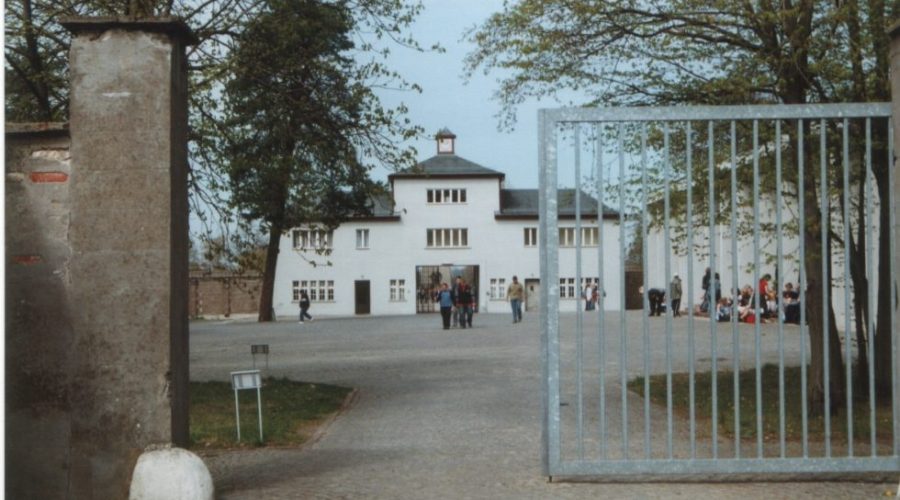How can Berlin tour guides make history engaging?
Berlin is the city of history, boasting an endless network of museums, monuments, and historical landmarks that narrate stories of the past. As a guide, your task is not only to instruct about the history, but also to have the visitor live it. In this issue , we will examine some successful techniques that will enable you to make history interesting for your groups. Let’s dive in!
1. Tell stories, not just facts
The study of history is more interesting when it gets a personal touch through a story. Rather than hitting your tour group with a list of dates and facts, tell stories with them. For instance, if you’re on a tour through the Berlin Wall, and share personal vivid memories, and stories from people who sadly witnessed the division. This fosters a sense of emotional attachment to the history, therefore it feels more tangible and memorable from your audience.
2. Use multimedia and interactive elements
Those days of presentation in cement are over. Using multimedia and interactive methods on your tour make it more engaging and real life for visitor. Make use of visual elements like photographs, videos, and maps to enhance your narrative. One other thing to contemplate using technology like VR head sets or interactive display and exhibit displays to make the visitor experience more fulfilling. These latest technologies can take the viewer back in time delivering to them a greater grasp of what events were happening in the past.
3. Engage all the senses
Making the history relevant is about using all senses. When suitable, add sensory exercises to the travel. If you are talking about German food during a historical tour, provide samples of classic dishes for your guests to the taste. Or if it is historic building, then tell the details about the special architectural feature you can see and touch. When we engage multiple senses then it becomes more immersive experience and after all has a lasting impact on your audience.
4. Encourage participation and interaction
Learning is best done by the person themselves if they are actively involved in the learning process. You might organize a rapid quiz to see how much they’ve learned or require them to participate in role-plays to mock off historical occasions. This level of participation not only cements the information in their heads but also makes the tour more enjoyable, more participants will remember it.
5. Customize the experience to your competition
All tour group differ with diverse levels of interest, knowledge and expectation. To make history meaningful to each group, then take the time to appreciate their backgrounds and wanting precisely. Are they school students? International tourists? History enthusiasts? You can prepare a more intuitive and engaging experiences by adjusting the tour to their wished, interests and necessities. Think about asking questions at the start of your tour to check their knowledge and change the content if necessary.
6. Make society to current times
Linking then to now is a great way to grab their attention. Examine how the past has moulded today’s Berlin and relate past and present problems. This assists your tour group understand history connection to own history. You could talk about how the Wall came down in terms of global politics, or discuss how historical figures continuing to affect modern art movement. Historia seran entrañables al hacer es una herramienta para involucrada a tu mob asdos así como conducir a mayor apreciación de la materia.
Conclusion
Berlins History is interesting and as tour guide your job is getting this to be cool and comprehension for your clients. You can realize an unforgettable tour experience including storytelling, media, interactives, sensory experiences, participation, personalization and relatable. History isn’t just about dates and data; it’s about ordinary people’s lives and stories of people who’ve experienced it. These tactics, you can make history come alive and have a lasting impression on your tour group. Happy guiding!
Table of Contents



